Don’t Drain the Swamp

Swamp Metalmark (Calephelis muticum) / © Bryan Pfeiffer
“You know, I go to Washington, and I see all these politicians, and I see the swamp, and it’s not a good place. In fact, today, I said we ought to change it from the word ‘swamp’ to the word ‘cesspool’ or perhaps to the word ‘sewer.’ “
Donald Trump, speaking to the Boy Scouts of America
July 24, 2017
AS AN ENVIRONMENTALIST, at long last I stand with President Trump. Let us ridicule Washington no longer as a swamp. A cesspool? Sure. A sewer? Fine. But not a swamp. Not as a metaphor for America’s center of dysfunction, corruption and vindictive tweets. It is unfair to swamps.
Swamps deserve better. They teem with wildlife and intrigue. In swamps, prothonotary warblers glow like the sun on a summer day. Great purple hairstreaks sparkle and flutter on gossamer butterfly wings. And orchids dangle from trees to taunt blackwaters below.
Beyond their raw and wild nature, swamps and other wetlands help to feed us and keep us safe. They’re habitats for fish and waterfowl, including ducks that hunters like to shoot and eat. Swamps and marshes filter pollutants from our drinking water and protect coastal areas from flooding and storm surges.
And swamps can transport us to America primeval. What remains of our nation’s swamps are wild forested wetlands — big trees festooned with mistletoe, Spanish moss and resurrection fern. Where else outside the Amazon might you paddle through an ancient forest? Where might you swing your insect net and land a giant dragonfly, a swamp darner, nearly as long as your hand, with bulging blue eyes and swaths of pastel green across its lanky body?
And where else might you bear witness to extinction? In some of our great southern swamps, from Florida to Arkansas, I have waded through forests of sycamore and oak and cypress where ivory-billed woodpeckers once flew like prehistoric beasts on deep, slow wingbeats. So dramatic was the woodpecker — with a shocking red crest and a white thunderbolt across its black face and neck — that witnesses called it the “Lord God bird.” Now it’s gone forever, a ghost haunting southern swamps, where we logged or drained the woodpecker into oblivion.
Even before revolutionaries claimed this country as their own, settlers were killing off its swamps and other wetlands. To pioneers, wetlands bred disease, impeded travel and were no good for raising crops. Manifest destiny charted a course of manifest destruction of wetlands, particularly across the South. (Contrary to the popular myth, Washington was not built on a swamp.) By more than one estimate we’ve lost half the wetlands in the lower 48 states since the American Revolution, about 117 million acres, or about 55 acres every hour of every day. In their place have risen shopping malls and croplands, homes and remnant, crippled ponds.
Some have called that American progress. And, yes, to be sure, even as swamps offer us benefits, many Americans have no desire to visit one. Fine enough; swamps aren’t for you. But they’re good for the nation. The environmental movement of the 1970s gave rise to state and federal laws protecting wetlands. Yet appointees now holding power in Washington value oil over orchids, banks over bayous. Unless we continue to protect our wetlands, our nation will become less wet, less wild, less resilient to disasters and pollution — a nation diminished. Let us begin with proper reverence for swamps.
So, yes, drain the cesspool or the sewer. But, please, don’t drain the swamp.
I offer you below a little of what’s at stake.
Swamp Darner near Black Swamp in Ohio
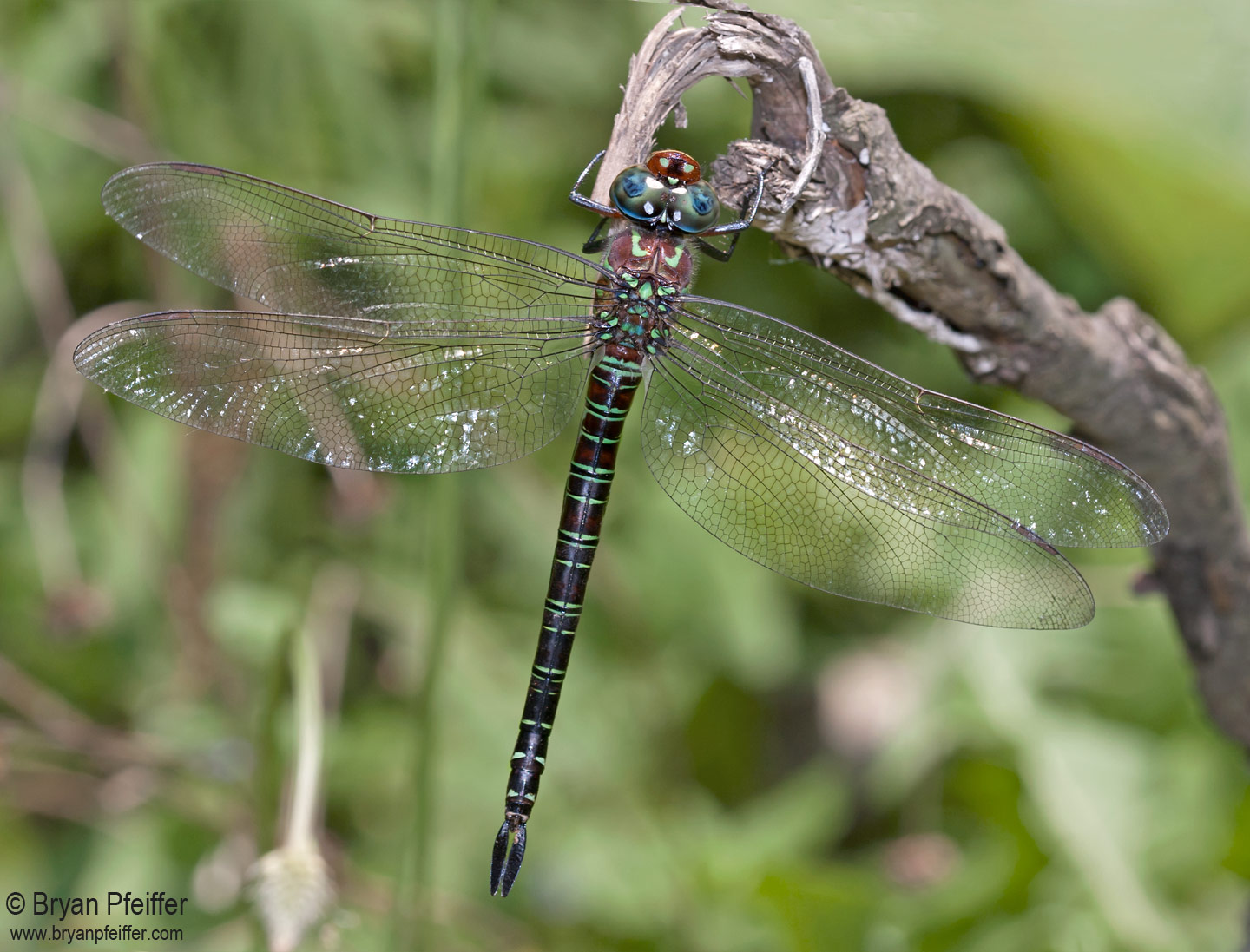
Swamp Darner (Epiaeschna heros) / © Bryan Pfeiffer
Prothonotary Warbler from Magee Marsh in Ohio
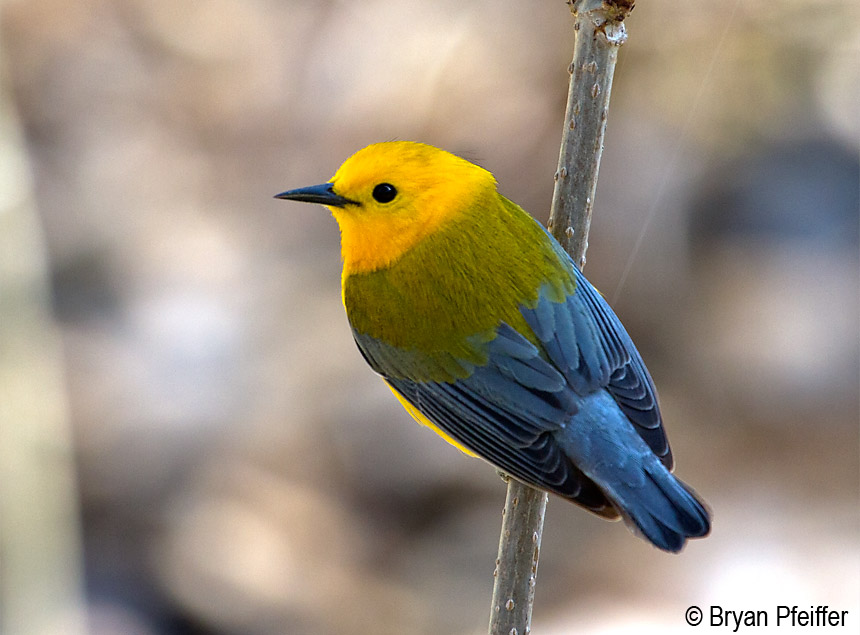
Prothonotary Warbler / © Bryan Pfeiffer
Great Purple Hairstreak near a Cypress Swamp in Virginia
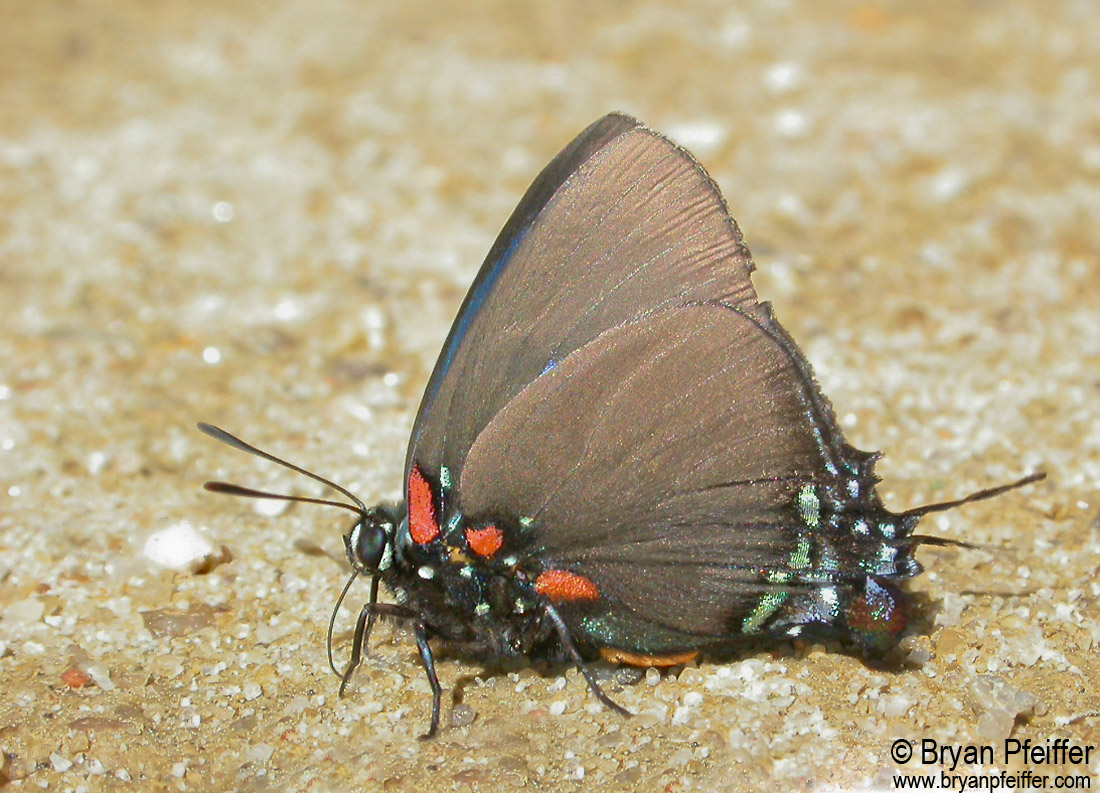
Great Purple Hairstreak (Atlides halesus) / © Bryan Pfeiffer
Yellow Lady’s Slippers from Bear Swamp in Vermont
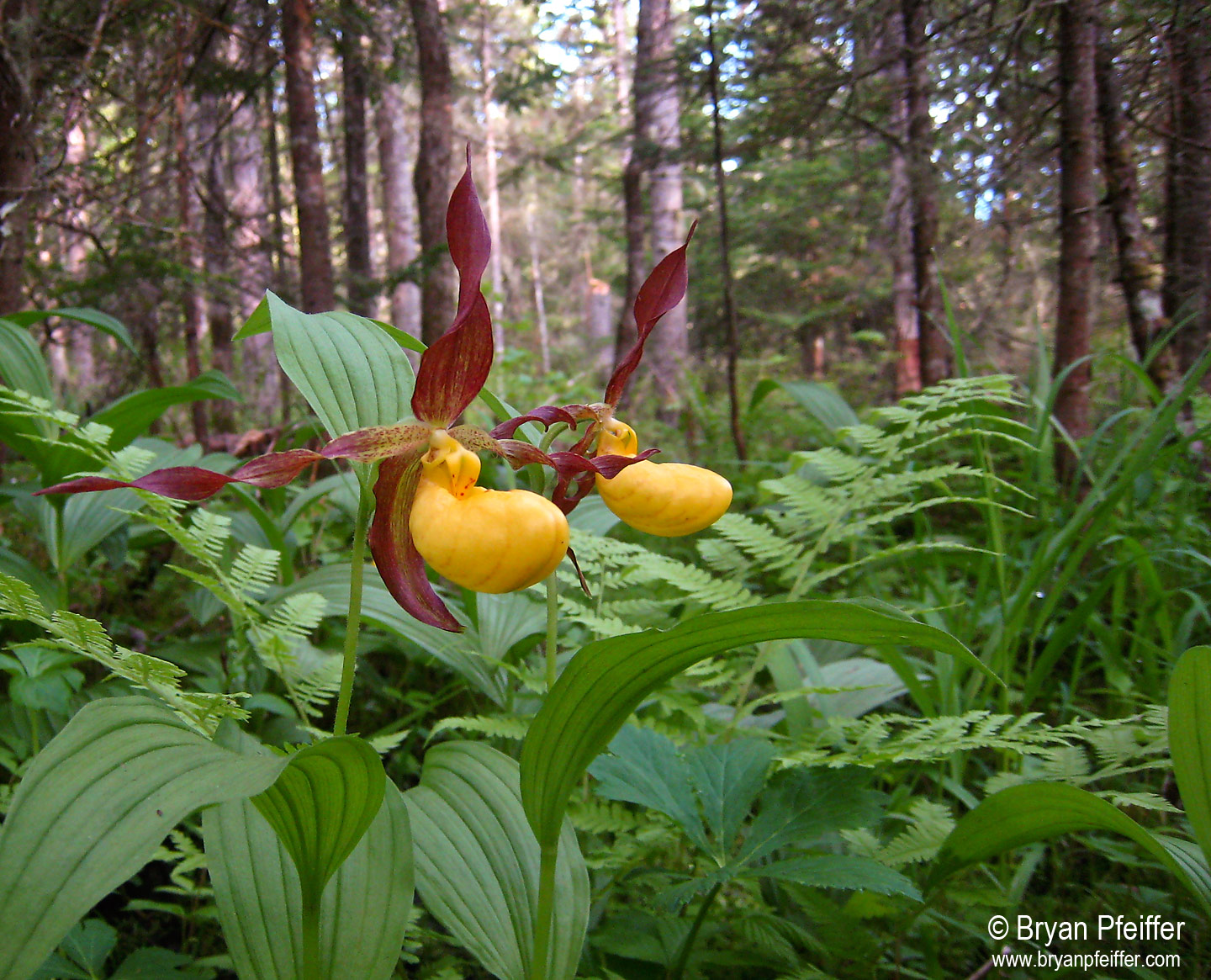
Yellow Lady’s Slippers / © Bryan Pfeiffer
Lung Lichen from Maine
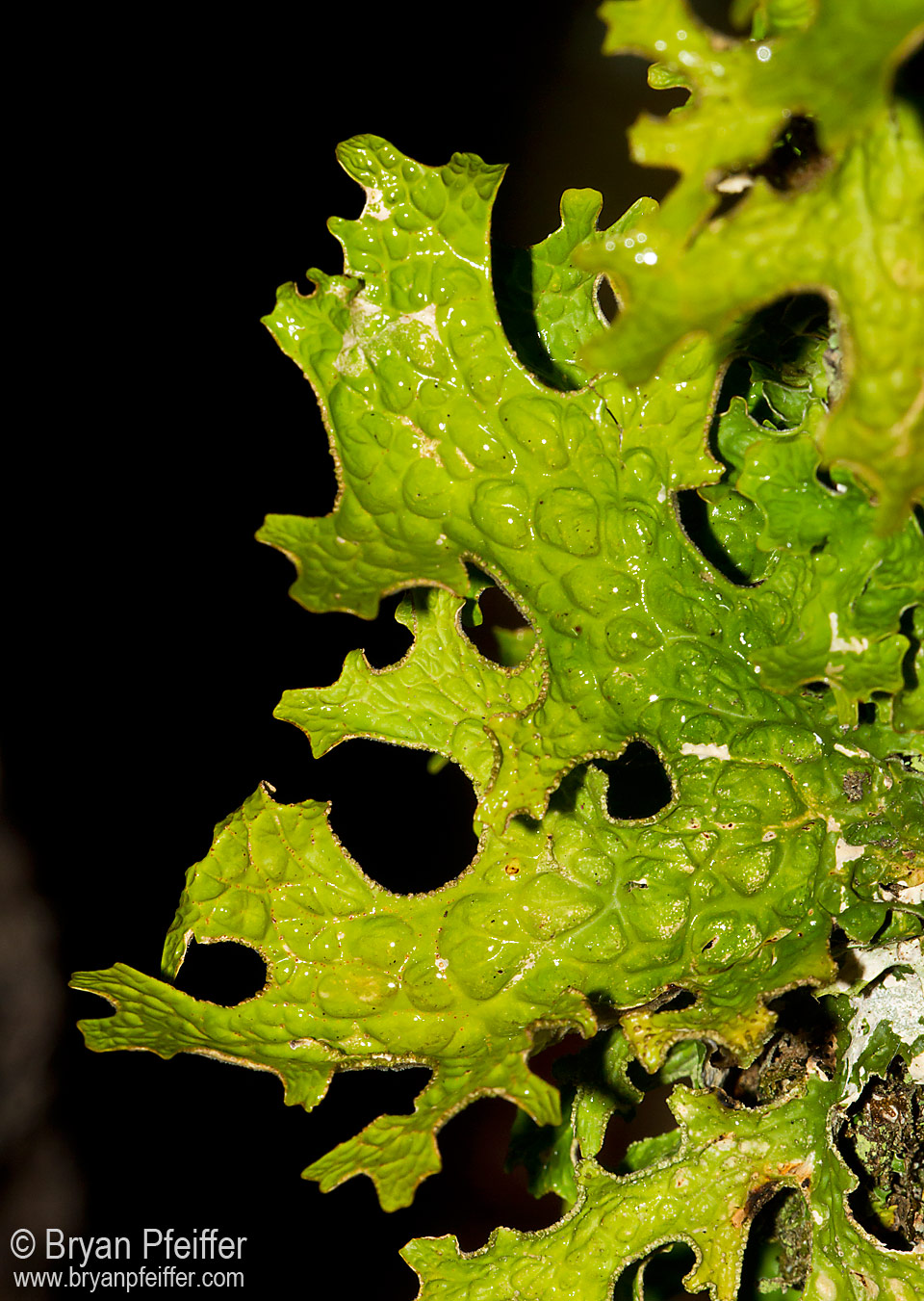
Ruddy Daggerwing from Corkscrew Swamp in Florida

Ruddy Daggerwing (Marpesia petreus) / © Bryan Pfeiffer
References
¹ https://www.fws.gov/wetlands/Documents%5CWetlands-Loss-Since-the-Revolution.pdf

Glad you survived the 15 years, John!
Thanks, Rita. Yep, Wolcott!
Aw shucks. Thanks, Lynn!
Bryan, simply beautiful – should be published in New York Times for everyone to get the distinction, the magic and the beauty.
What an insult to swamps to label the morass in D.C. a swamp – and a misnomer indeed as swamps are ecosystems that function at the highest level of healthy and sustainable synergies that lead to life-affirming and protective outcomes.
Thank you for your life-affirming work Bryan – it isustains many.
Totally agree – swamps are cool in many ways. Love all of your beautiful pictures. Are the yellow lady slippers in Wolcott?
Terrific piece and, having worked there for 15 years, a sewer indeed and one that flows uphill to that domed place.
Thanks, Sally! And you’ve got some great swamps down your way!
Beautiful images! I completely agree about the swamp–there are so many beautiful creatures and plants living there. Washington is the cesspool.
Thanks for sharing.